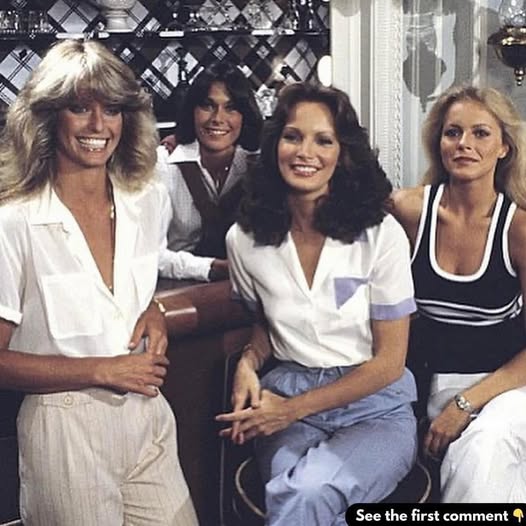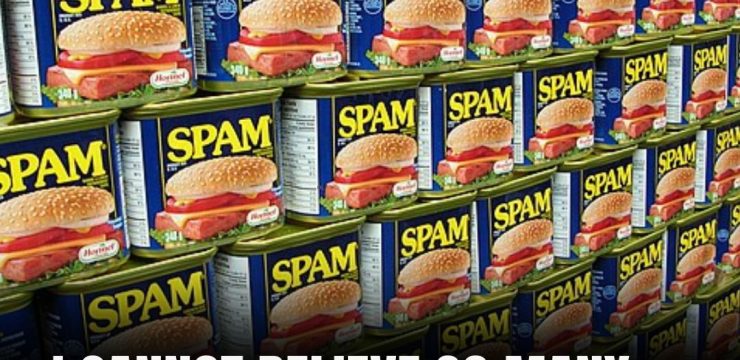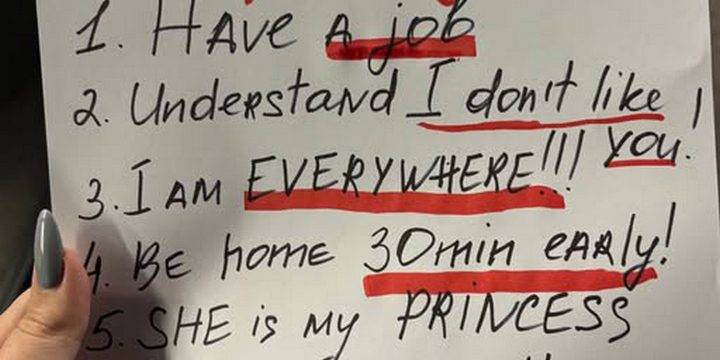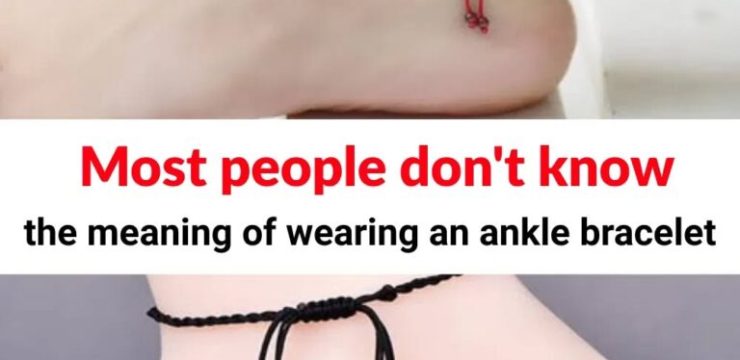When Charlie’s Angels made its debut in 1976, it didn’t just premiere as another crime drama on television—it marked a cultural shift that would forever change how female heroes were portrayed on screen. At a time when male leads overwhelmingly dominated the television landscape, this series stood out by placing strong, intelligent, capable women at the center of the action. Farrah Fawcett, Kate Jackson, and Jaclyn Smith stepped into the spotlight as Jill Munroe, Sabrina Duncan, and Kelly Garrett—three private investigators hired by the unseen but ever-present Charlie Townsend.

These women weren’t sidekicks or damsels in distress. They were the stars, the ones solving crimes, making the tough calls, and proving that brains and bravery didn’t have to come at the expense of beauty or femininity. This was groundbreaking for a mainstream television audience in the 1970s, and Charlie’s Angels quickly became more than just a popular TV show—it became a movement. What made the show revolutionary wasn’t just the concept of female detectives; it was how the women were portrayed.
The Angels weren’t stripped of their femininity in order to be taken seriously. In fact, their fashion sense, physical beauty, and glamorous appeal were all part of their strength. Their wardrobe choices—from tailored suits to flared jeans and iconic hairstyles—became a reflection of empowerment, showing that women could be stylish and powerful at the same time. Farrah Fawcett’s feathered hairstyle alone became a national obsession and a fashion trend that defined an era. The Angels proved that being fashionable and feminine didn’t mean being weak, and that message resonated with countless viewers, especially young girls and women who saw a new type of role model on screen. The show was also notable for breaking down stereotypes.
Traditionally, female characters on television were often written as wives, girlfriends, secretaries, or background players. Charlie’s Angels threw that formula out the window and gave viewers three complex, resourceful women who were fully in control of their own narrative. These weren’t women waiting to be rescued—they were the ones doing the rescuing. Each episode showed them going undercover, outsmarting criminals, and handling dangerous situations with skill and confidence.
They used both their intellect and their charm to succeed in a world largely run by men, which made their victories even more impactful. Even as the show evolved and new cast members were introduced—like Cheryl Ladd, Shelley Hack, and Tanya Roberts—the core message stayed the same. The Angels were always the heroes of their own stories, and their strength wasn’t just physical; it was emotional and intellectual as well.
They supported one another, worked as a team, and navigated their challenges without needing to compromise who they were. That sense of camaraderie and independence helped make the show a hit with audiences and kept it culturally relevant throughout its five-season run. But the legacy of Charlie’s Angels didn’t end when the original series concluded in 1981. Its impact lived on through blockbuster film adaptations in the early 2000s starring Cameron Diaz, Drew Barrymore, and Lucy Liu, as well as a 2011 reboot and a 2019 remake. While the formats have changed and the storytelling has evolved, the spirit of the original Angels continues to shine through. The franchise has become a lasting symbol of female empowerment, reinforcing the idea that women can lead, fight, protect, and thrive on their own terms. Beyond entertainment, Charlie’s Angels played a pivotal role in challenging outdated gender norms. It encouraged audiences to rethink traditional roles for women and helped pave the way for other female-led series in genres like action, crime, and drama. Shows like Alias, Buffy the Vampire Slayer, and Killing Eve owe part of their success to the doors Charlie’s Angels helped open. What began as a simple television concept grew into something far more meaningful—a cultural milestone that blended strength, intelligence, beauty, and independence into a powerful statement. Decades later, its influence can still be felt, proving that heroes don’t all look the same and that women, when given the chance, can absolutely lead the way.





